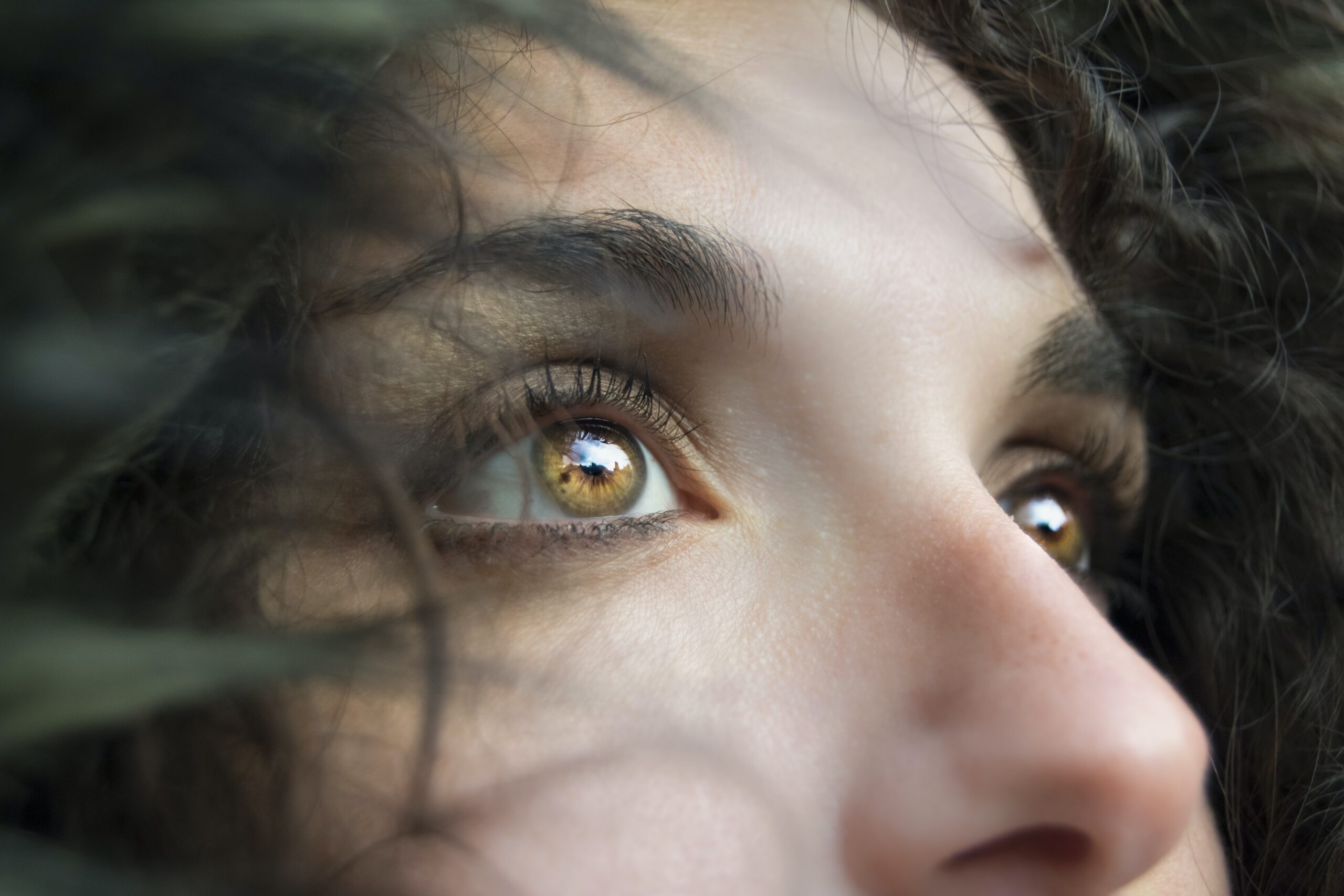If you’re an avid birder, you know that there’s nothing quite like observing the intricate details of a beautiful bird up close. However, spending extended periods peering through binoculars can sometimes leave your eyes feeling strained and fatigued. But fear not, because there are simple yet effective ways to alleviate this discomfort and ensure that your birding adventures are both enjoyable and easy on your eyes. In this article, we’ll explore some practical tips to help you reduce eye strain while using binoculars for birding. So if you’re ready to enhance your bird-watching experience and keep your eyes in tip-top shape, let’s get started!
Understanding Eye Strain
Definition of Eye Strain
Eye strain, also known as asthenopia, refers to the discomfort or fatigue experienced in the eyes due to prolonged or intense use. It can occur when engaging in activities such as reading, using electronic devices, or, in the case of birders, using binoculars for extended periods of time. The strain is typically characterized by symptoms such as eyestrain, dryness, burning sensation, headaches, and difficulty focusing.
Common Indicators of Eye Strain
It is important to be aware of the indicators that may suggest you are experiencing eye strain while using binoculars for birding. Some common signs include:
- Blurred vision: Difficulty in focusing on the target, resulting in a blurry image.
- Eye fatigue: Feeling tired or exhausted in the eyes after extended use.
- Eye dryness: Sensation of dryness or irritation in the eyes.
- Headaches: Frequent headaches, particularly after using binoculars for an extended period.
- Neck and shoulder pain: Straining the muscles of the neck and shoulders while holding and using binoculars for long durations.
Understanding these indicators will help you identify when you need to take steps to reduce eye strain and avoid potential long-term damage to your vision.
Cause of Eye Strain in Birding
Extended Use of Binoculars
In birding, prolonged use of binoculars can lead to eye strain. The eyes are consistently focused on a specific spot, possibly for prolonged periods, causing fatigue and strain. The repetitive motion of adjusting and re-focusing the binoculars can also contribute to eye strain and discomfort.
Birding in Low-Light Conditions
Birding often takes place in environments with poor lighting conditions, such as early morning or twilight. In such situations, the eyes are forced to work harder to gather and process visual information, leading to eye strain.
Constant Re-Focusing
Birders often need to quickly shift their focus from one bird to another, especially during birding tours or when multiple birds are in the same area. This constant re-focusing puts a strain on the eye muscles, leading to eye fatigue and discomfort.

The Importance of Proper Binocular Adjustment
Understanding Binocular Anatomy
To effectively reduce eye strain, it is essential to understand the anatomy of binoculars. Binoculars consist of two barrels, eyepieces, a bridge (central hinge), focus wheel, and lens caps. Familiarizing yourself with these components will help you make accurate adjustments.
Adjusting the Interpupillary Distance
One crucial adjustment for minimizing eye strain while using binoculars is setting the interpupillary distance. This distance refers to the space between your eyes. Adjusting the binoculars’ bridge so that the eyepieces align with your pupils ensures a comfortable viewing experience and reduces eye strain.
Correcting Diopter Settings
Another important adjustment is correcting the diopter settings based on your individual eyesight. The diopter adjustment compensates for any difference in visual acuity between your eyes. This adjustment is crucial in achieving a clear and comfortable viewing experience, reducing the strain on your eyes.
Choosing the Right Binoculars for Birding
Magnification and Field of View Factors
When it comes to choosing binoculars for birding, it is essential to consider the magnification and field of view (FOV). Higher magnification might seem appealing, but it can lead to a narrower FOV, requiring more eye movement and increasing the strain on your eyes. Opting for a balance between magnification and FOV is crucial for minimizing eye strain.
Native Eye Relief in a Binocular
Eye relief refers to the distance between your eyes and the eyepiece lenses where you can still see a full field of view. Optimal eye relief is vital for reducing eye strain, especially for individuals who wear glasses. Choosing binoculars with a sufficient native eye relief will ensure a comfortable viewing experience and minimize eye fatigue.
Quality of Binocular Optics
When selecting binoculars for birding, consider the quality of the optics. Higher-quality lenses, coatings, and prisms can provide a clearer and brighter image, reducing the strain on your eyes. Investing in binoculars with superior optics can significantly enhance your birding experience while minimizing eye strain.
Importance of Lightweight Binoculars
Weight plays a crucial role in minimizing eye strain while using binoculars for birding. Carrying heavy binoculars for an extended period can strain your neck, shoulders, and arms, which can indirectly impact your eyes. Opting for lightweight binoculars allows for more comfortable use and reduces the strain on your entire body, including your eyes.

The Advantage of Image Stabilized Binoculars
How Image Stabilization Works
Image stabilization technology in binoculars helps reduce image shake caused by hand movements, resulting in a steadier and clearer view. It works by incorporating gyro sensors that detect hand movements and adjust the binoculars’ optical elements to compensate for the shake. This stabilization significantly reduces the strain on your eyes by providing a stable image without the need for excessive eye movement or strain.
Reducing Eye Strain with Stabilization
By minimizing image shake, image stabilized binoculars alleviate the need for constant eye readjustment caused by hand movements or shaky hands. This reduction in eye movement reduces eye strain and fatigue, allowing for more comfortable and prolonged birding sessions. The stabilized image also enhances clarity, reducing the effort required to focus and reducing eye strain further.
Investing in Stabilized Binoculars
While image stabilized binoculars may come at a higher price point compared to traditional binoculars, the investment is worthwhile, particularly for birders who spend significant time using binoculars. The enhanced stability and reduced eye strain make them a valuable asset for long-term eye health and a more enjoyable birding experience.
Consideration of Ergonomics for Binoculars Use
The Position of Your Hands
When using binoculars, the position of your hands plays a vital role in reducing eye strain. Holding the binoculars with a relaxed grip and keeping your hands steady will minimize hand movements and reduce the chance of image shake, resulting in decreased eye strain.
Holding Binoculars Correctly
Proper hand placement while holding binoculars is essential for reducing eye strain. The thumbs should be positioned under the binocular barrels, with the other fingers gently yet firmly gripping the barrels. This grip provides stability, reduces hand tremors, and contributes to a more stable and clear image, thus minimizing eye strain.
Making Use of Binocular Straps
Binocular straps offer additional support and help distribute the weight of the binoculars across your body. Utilizing a comfortable and adjustable binocular strap provides relief to your neck, shoulders, and arms, allowing for more extended and strain-free birding sessions.

Effective Birding Techniques to Minimize Eye Strain
Spotting the Bird First with Naked Eyes
One effective technique to reduce eye strain is to spot the bird with your naked eyes before using binoculars. This technique allows you to identify the bird’s general location and reduces the time and effort required for extensive scanning with binoculars. By minimizing the strain on your eyes during initial bird identification, you can focus your binocular use on observing finer details without overexerting your eyes.
Using Binoculars Intermittently
To prevent eye strain, it is helpful to use binoculars intermittently during birding sessions. Take breaks and allow your eyes to relax by viewing without magnification. This practice reduces the continuous strain on your eyes while still enabling you to enjoy the advantages of binoculars for more detailed bird observations.
Alternating Between Eyes
To maintain eye comfort while birding, alternate between your left and right eye when using binoculars. This technique allows each eye to rest periodically, reducing fatigue and strain. By distributing the workload between both eyes, you can minimize the risk of developing eye strain symptoms.
The Role of Healthy Vision Habits
Importance of Taking Regular Breaks
To minimize eye strain, it is crucial to take regular breaks during birding sessions. Set aside time every 20-30 minutes to rest your eyes and focus on distant objects or engage in eye exercises. These breaks allow your eyes to recover and prevent the buildup of eye strain-related discomfort.
Performing Eye Exercises
Engaging in specific eye exercises can help alleviate eye strain and improve overall visual health. These exercises may include focusing on near and distant objects, eye rolls, palming, and blinking exercises. Incorporating these exercises into your birding routine can alleviate eye strain and contribute to healthier vision.
Staying Hydrated and Healthy Diet
Maintaining proper hydration and a healthy diet can have a significant impact on your eye health. Drinking an adequate amount of water throughout the day keeps your eyes lubricated, reducing dryness and discomfort. Additionally, eating a balanced diet rich in nutrients like omega-3 fatty acids, vitamins A, C, and E, and zinc can support overall eye health and minimize the risk of eye strain.
Use of Auxiliary Tools
Employing Birding Scopes
Birding scopes can be a valuable tool for reducing eye strain while birding. Scopes allow you to view birds at a distance without the need for excessive eye strain. By bringing distant birds closer, scopes eliminate the need for continuous binocular adjustments and reduce eye fatigue associated with tracking moving targets.
Usage of Camera with Long Lenses
Incorporating a camera with long lenses into your birding equipment can provide an alternative way to observe and capture bird images. By using a camera instead of binoculars, you can minimize the strain on your eyes and focus on capturing high-quality images without compromising the enjoyment of birding.
Combining Field Guides with Binoculars
To reduce excessive eye strain while trying to identify bird species, consider using field guides in conjunction with your binoculars. Field guides provide detailed information about different bird species, allowing you to make accurate identifications without relying solely on visual observations. This reduces the strain on your eyes by minimizing the need for prolonged focus on specific features.
When to Seek Professional Help
Persisting Symptoms of Eye Strain
If you continue to experience symptoms of eye strain despite implementing various measures, it may be time to seek professional help. Persisting symptoms such as severe eye pain, persistent headaches, significant vision changes, or worsening eye discomfort require a comprehensive eye examination by an optometrist.
Regular Check-Ups with an Optometrist
To ensure the overall health of your eyes and detect any potential issues early on, regular check-ups with an optometrist are essential. Optometrists can assess your visual acuity, evaluate any underlying eye conditions, and provide guidance specific to your needs and birding activities.
Consideration for Prescription Binoculars
If you wear corrective lenses, exploring the option of prescription binoculars might be beneficial. Prescription binoculars are custom-made to suit your individual visual needs, providing optimal clarity and reducing eye strain. Consulting with an optometrist or an optical specialist can help determine whether prescription binoculars are a suitable option for you.
In conclusion, understanding and minimizing eye strain while using binoculars for birding are crucial for maintaining eye health and enhancing your birding experience. By considering factors such as binocular adjustment, choosing the right equipment, employing effective birding techniques, adopting healthy vision habits, and using auxiliary tools when necessary, you can significantly reduce eye strain and enjoy birding without discomfort. Remember to prioritize your eye health, take breaks, and seek professional guidance if needed to ensure a lifetime of enjoyable birding adventures.

